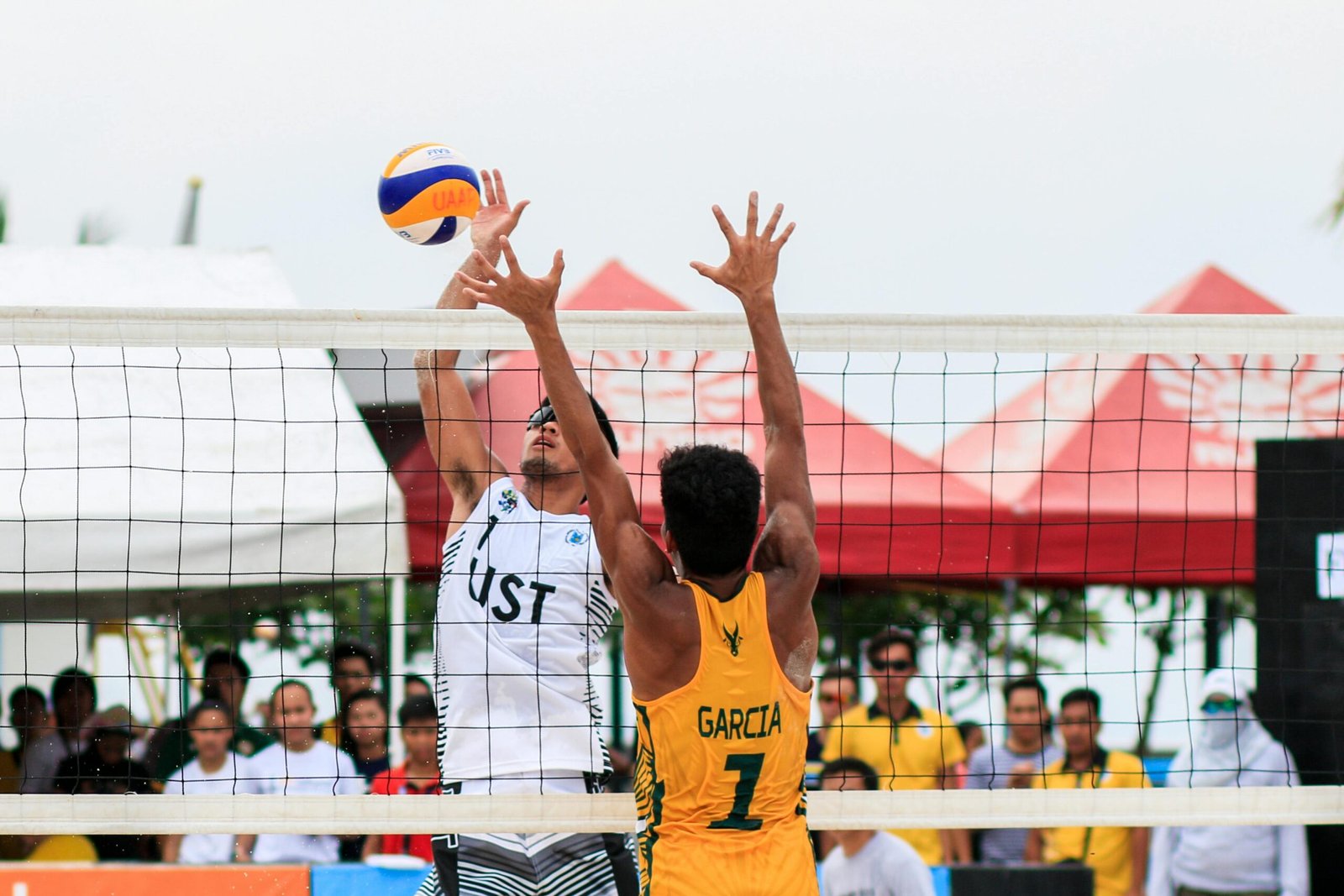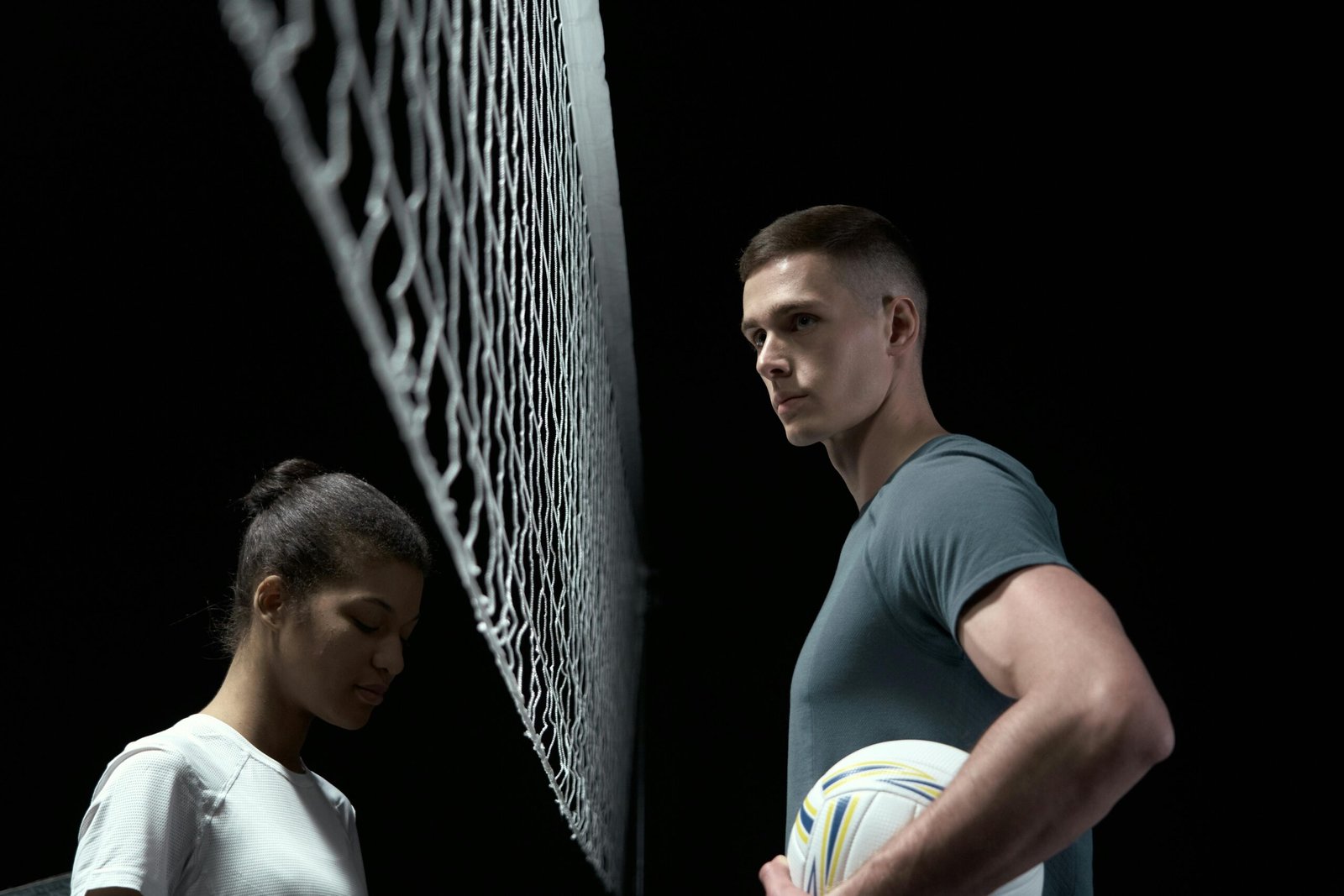Getting started with volleyball or upgrading your gear? Knowing the right equipment is crucial for comfort, performance, and safety on the court. Whether you play indoors, on the beach, or recreationally, this guide covers everything you need to know about volleyball equipment essentials.
The Volleyball
The most fundamental piece of equipment is, of course, the volleyball itself.
- Indoor Volleyballs are typically made of synthetic leather or genuine leather. They weigh between 260 and 280 grams and have a circumference of 65 to 67 cm.
- Beach Volleyballs are slightly larger (about 66 to 68 cm circumference) and lighter, designed to perform well in outdoor conditions such as wind and sand.
Choosing the right ball depends on the type of volleyball you play and your level of skill.
Volleyball Shoes
Proper footwear is vital for performance and injury prevention.
- Indoor volleyball shoes have non-marking rubber soles that provide excellent grip on wooden or synthetic courts.
- They offer cushioning and support to handle quick lateral movements, jumps, and landings.
- Shoes designed specifically for volleyball help prevent ankle injuries.
For beach volleyball, players often play barefoot, but some prefer specialized sand socks for protection.
Volleyball Net and Poles
If you want to set up your own court, investing in a quality net and poles is essential.
- Official net dimensions: 9 metres wide, 1 metre high.
- Nets must include antennae—vertical rods marking the court’s side boundaries.
- Poles should be sturdy and adjustable to set the net at official heights: 2.43m for men and 2.24m for women.
Portable net systems are great for outdoor and recreational use.
Knee Pads
Knee pads protect players when diving or sliding on the court.
- Choose knee pads that offer a balance between protection and mobility.
- Look for padding that absorbs impact without restricting movement.
- Well-fitted knee pads help prevent bruises and injuries.
Protective Gear and Accessories
- Ankle braces: Provide extra support for players prone to ankle injuries.
- Compression sleeves: Help with muscle support and circulation.
- Elbow pads: Used occasionally for extra protection.
- Volleyball gloves: Rare but can be used for extra grip and protection, especially on beach courts.
Clothing
- Lightweight, breathable sportswear is recommended for comfort and mobility.
- Volleyball shorts and jerseys should allow freedom of movement and wick away sweat.
- On the beach, swimsuits or athletic wear designed for sand play are common.
Other Useful Equipment
- Ball pumps: To keep volleyballs at the correct pressure.
- Scoreboards and whistles: For organised games and officiating.
- Water bottles and towels: Essential for hydration and comfort during play.
Choosing the Right Equipment for Your Level
- Beginners may start with basic gear focusing on comfort and safety.
- Intermediate and advanced players often invest in specialised shoes, knee pads, and personalised balls.
- Competitive players require regulation-grade equipment approved by governing bodies like FIVB.
Maintenance and Care Tips
- Store volleyballs in cool, dry places to avoid damage.
- Clean shoes and knee pads regularly to maintain hygiene and durability.
- Check nets and poles for wear and tear before matches.
Final Thoughts
Having the right volleyball equipment improves your gameplay, safety, and enjoyment. Whether you’re playing indoors, outdoors, or competitively, investing in quality gear tailored to your needs makes all the difference.


